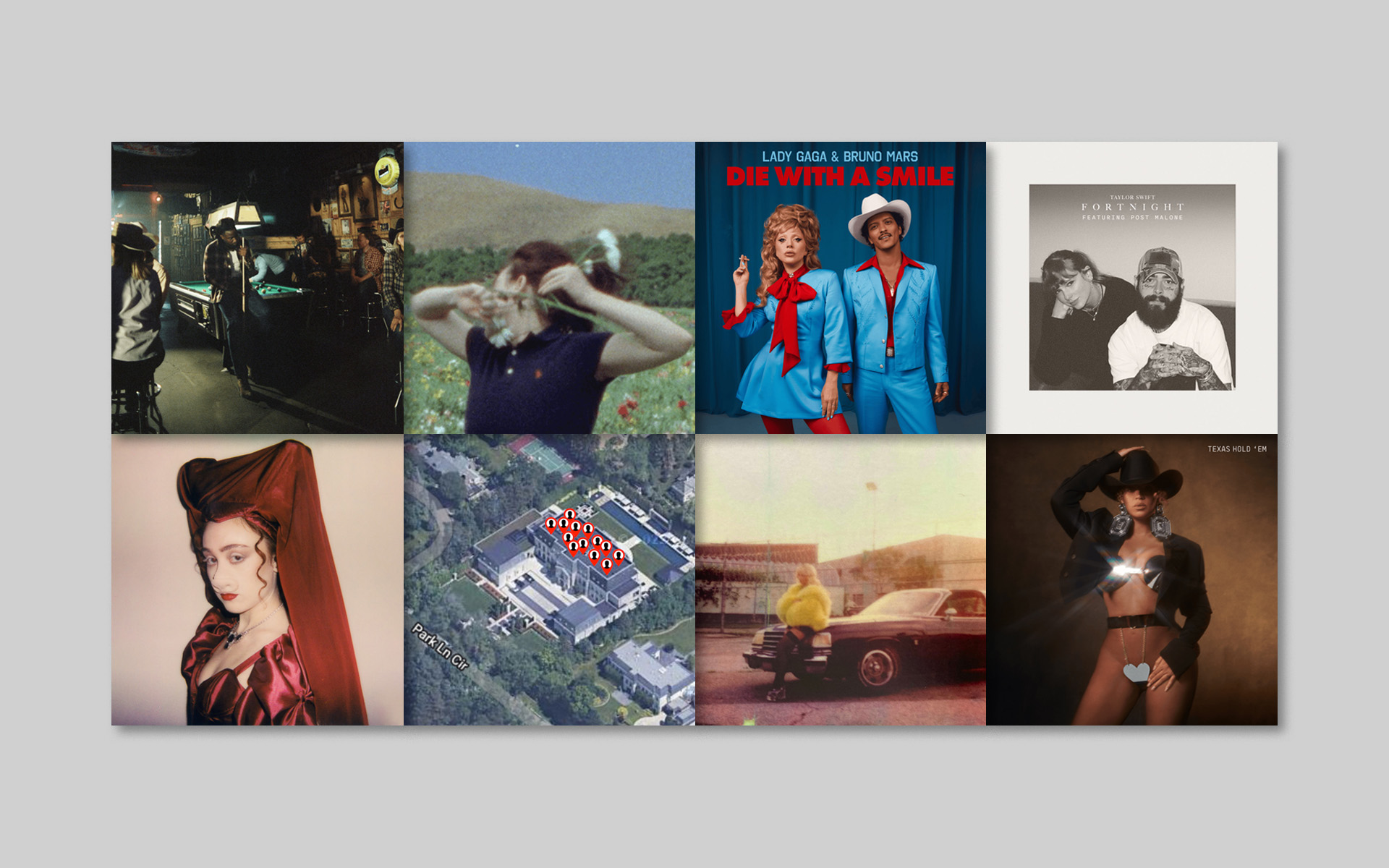Country songwriters know how to deliver big messages in small packages, with lyrics that often capture life’s lessons. Eric Church’s Grammy-nominated song “Some of It” is a great example of the personal and universal “slice of life” that makes this type of writing tick. The song may have lost out to “Bring My Flowers Now” by Tanya Tucker and Brandi Carlile, but it’s still worth examining.
One of the most challenging aspects of lyric writing is delivering a universal message without lecturing the audience, or sounding cheesy, as we songwriters so often describe it. We sometimes hesitate to get personal and specific with our lyrics, for fear of alienating an audience who does not share our unique experience. In the end, we wind up shelving titles or concepts that we know would make good songs if we could find an angle that didn’t feel so cliché.
Whether you’re a fan of country music or not, the tools that country lyric-writing offers are invaluable when assessing the qualities of lyrics in any genre. The sensory language and story development tools help us to understand the purpose of the different sections of the song and how they interact. Let’s take a closer look at the lyrics of “Some of It,” to see three tools we can apply to our own songwriting to write more confidently and finish more song ideas.
If you’re not already familiar with the song, give it a listen now:
1. Shift the Point of View from “I” to “You” or “We”
The concept of the song is that there are things in life that we all know to be true. When I listen, I feel the singer is using empathy to include himself in the shared human experience. He makes that clear at the end of the chorus when he throws up his hands and says, “I know I don’t probably know what I think I do.” He is, in a sense, talking the idea through in a neutral tone. This is something that characterizes big message songs, both within and outside of the country genre. We tend to embrace the message more when we feel the artist empathizing with us, joining us in the problem. Instead of writing the song from first person “I,” the artist uses direct address “You,” indicating that we’re all in the same boat. Many songs take this point of view when delivering a big message, including John Mayer’s “Waiting on the World to Change,” and “Follow Your Arrow” by Kacey Musgraves. Try shifting the point of view from “I” to “you,” or to “we,” particularly in your chorus lyric. Feel what it does for the message, and importantly, how it characterizes your singer as joining the listener in a shared human experience.
TAKE A SONGWRITING COURSE WITH ANDREA STOLPE
2. Offer Examples to Show the Chorus Truth
The second tool has to do with content of the verse lyric. Altogether, the lyric throughout this song is verbose. Country music allows for the lyric to take center stage through various melodic choices such as simplicity and repetition, and harmonic choices such as a chord progression in the verse that remains static while the melody and lyric can move. When it comes to verse lyric, a great question to ask ourselves is “What specific examples show the chorus message to be true?” We might shotgun several examples, each one a single line, or we might expand on only one or two to build out the verse section. In “Some of It,” we hear two verses that set up the chorus by showing us 10 examples of the chorus truth.
Beer don’t keep
Love’s not cheap
And trucks don’t wreck themselves
Mama ain’t a shrink
Daddy ain’t a bank
And God ain’t a wishin’ well
Money ain’t rich
Everybody sins
And nobody wins in a fight
And sometimes wrong gets right
Try taking your next title and applying this technique. For example, let’s say the title is “No One Knows.” We could fill the verse with examples of what no one knows—things like “how to raise the Titanic,” “how to read a woman’s thoughts,” or “why two people fall in love.” The big message of that song could culminate in the idea that there are things we don’t know, despite our progress, and maybe that’s how it should be. Whatever the meaning, if it’s true to you, then it will be true to other human beings who hear your song.
3. Use Opposites
Another similar technique is to take the opposite of the title. For “No One Knows,” we could fill the verse with examples of what everyone knows. The chorus message would contrast nicely then, showing the one important thing that “no one” knows.
The title “Some Of It,” or a variation thereof appears every other line in the chorus for a total of seven times. The writers play around with the word “some,” changing it to “none” and “a bunch,” all within the same color scheme of the original word.
Some of it you learn the hard way
Some of it you read on a page
Some of it comes from heartbreak
Most of it comes with age
And none of it ever comes easy
A bunch of it you maybe can’t use
I know I don’t probably know what I think I do
But there’s somethin’ to
Some of it
To do this in your own writing, isolate a word in the title and ask yourself what the “opposite” of that word is. If the title is “No One Knows,” we could isolate “No One” and get the opposite idea: “someone” or “everyone.” If we isolate “knows,” we could get the opposite: “thinks” or “feels.” Lines in the chorus could include these ideas. As an example, we could use “Some of It” as a reference and get:
No one knows
But we talk like we do
No one knows
And it’s sad but it’s true
If everyone thinks
That what matters is proof
Then we don’t need faith
And we’re safe and good to go
And where’s the soul
That no one knows
It’s a bit abstract, I’ll admit. I could use some better lines, but the structure is coming along. There’s one more lyric tool I’d like to highlight from this song. Near the end of the chorus, the writers wrap the title back into the section through rhyme. Up until that point we’ve had rhyme every other line. Near the end, however, we get rhyme with “do,” “use,” and “to” close together. That helps the title feel like the natural answer and concluding thought.
I hope you find these tools help you to develop your title ideas into stronger, more complete song lyrics.












